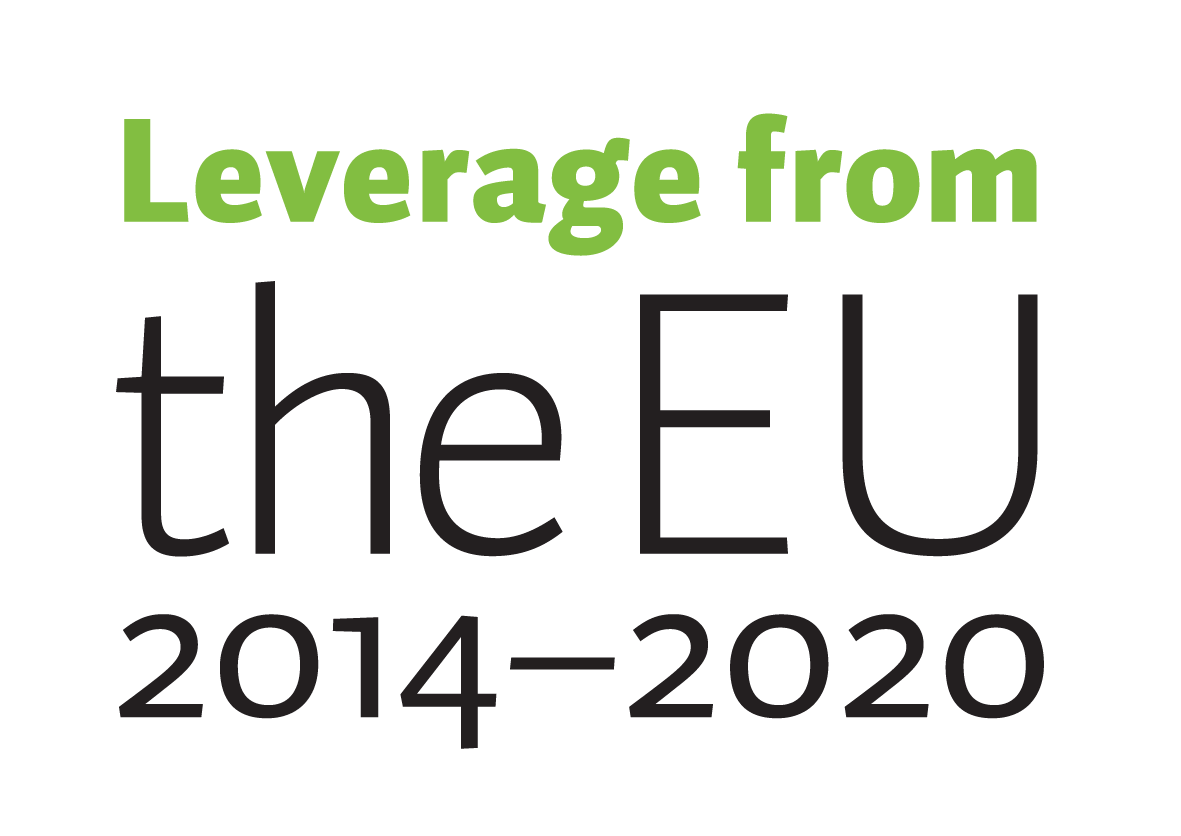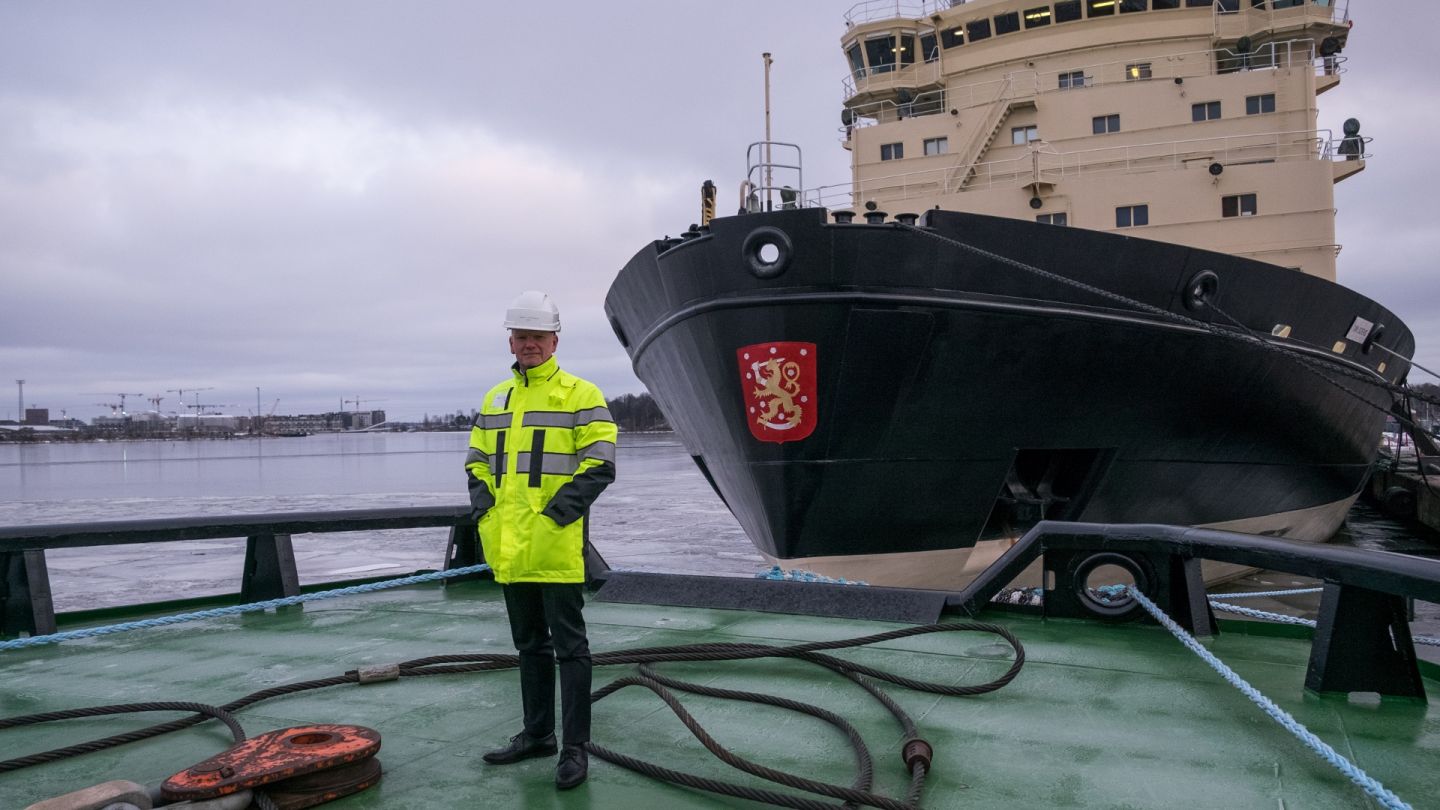Mr. Tero Vauraste, CEO of the icebreaker operator Arctia Ltd, serves also as vice chairman of the Arctic Economic Council and as a “Lapland Ambassador“. At his floating company headquarters, Arctic Biz and Mr. Vauraste discuss the strengths of Arctic know-how, sustainable solutions to operating in Lapland, and what it has to offer investors as well as how to invest in the Arctic.
Boosting economic activity in the Arctic area boils down to marketing connections and free trade. There are several economic areas at play in the Arctic. There is NAFTA — or the USA and Canada — the European Union and Greenland, as well as Russia.
How do you benefit from the proximity of these major areas of international trade? Mr. Vauraste has an idea how to accomplish the feat.
– Local value chains must be joined to those of international trade. All hindrances to trade must be abolished, both local and international, he states.
As an example, he points to country-specific requirements for professional certification that render it difficult for labor to move across the Finnish-Norwegian border.
Only 3% of the Finnish population lives in Lapland, yet 10% of Finnish exports derive from here. Thus productivity is already on a robust level.
One cannot adopt the point of view of one country only, a wider grasp of matters is important. Lapland has shown great promise and opportunities in tourism and investment, the latter in both the mining sector and infrastructure.
Mining and refining
Mining is the extraction of natural resources from the arctic environment. Mr. Vauraste sees a difference in what can be done vis-à-vis what is worthwhile doing, considering the impact on the environment and society. The well-being of locals must factor in, not just that of international corporations. Indigenous people’s small enterprises must be part of the value chain, and so must their communities.
– But it is a false dichotomy that you have the choice of either protecting nature or doing business. The 3 pillars of sustainable economy are Society, Environment and Business. The Business part must make a profit! We definitely should invest in mines, if the price of raw materials goes up.
Thus far, raw materials have proven a good business. The price of nickel has gone up as a result of the international economy improving. And why stop at mining? The production facility for the end product could well sit next to the mine, its raw material warehouse.
The Arctic Sea Railroad
Japan is very interested in the Northeast Passage. A railroad from the Baltic Sea to the Arctic Sea would shorten the trade route still. Mr.Vauraste sees a lucrative investment opportunity in the extension of existing railroad infrastructure to the shores of the Arctic Sea. The railroad connection would add to the potential of transportation activity, as the Asians have already manifested an interest to invest in the Arctic.
– Take the Saint Laurent Seaway System joining the Great Lakes in the USA and Canada. It transports 160 million tons of cargo annually. Just as an example.
Local municipalities in Lapland so far disagree on the exact route of the would-be railroad. Accord is necessary for the idea to come into fruition.
– But they were able to agree on the location of Santa Claus’ abode, so I have faith in them coming together!
Tourism: Asians Discover Lapland
Mr. Vauraste lauds the tourism competence in Finnish Lapland and the local services supporting it. They measure up well to international competition in his opinion. – I see an export product here.
The biggest growth in Arctic tourism is expected from Asia, especially from China. In 2015, the Chinese put in 182,000 stays at Finnish hotels, which is 40% more than the year before. 2016 will be even better, and 2017 is expected to top that. Projections are aided by the deal signed recently with China’s biggest online commerce company Alibaba. Its travel brand Fliggy (formerly Alitrip) hopes to fly 50,000 Chinese tourists into Finnish Lapland in 2017.
Air traffic infrastructure in Lapland is generally good. The terminals are good, the runways long enough, air control is safe. Here, value chains have already been connected. There is still room for more tourists and international investors to invest in the Arctic.
Mr. Vauraste suggests flight stop-overs should be marketed with greater gusto. He would like to see Finnair develop a very inexpensive stop-over product, a couple of nights in Lapland, for people who already pay maybe 2,000 euros for their tickets.
– And if you ONLY stop over, no extra charge! This is what the Icelanders do.
Sea Lapland, on an App
The Sampo icebreakers stationed in the coastal town of Kemi join snow and ice.
– Snowhow and icehow must be combined. I see different kinds of service packages. Cooperation between entrepreneurs and municipalities has improved, but there is still a lot to do. In the old days, you could have two ski lift entrepreneurs operating on the same arctic hill; one brought people up one side of the hill, and the other operated the other side.
Mr. Vauraste sees a more holistic approach already having gained ground. – Lapland offers unique travel experiences.
Digitalization is the next step in investment, especially that of services. You can find all the services of a municipality in one application. Service infrastructure must be digitalized in order to make things as simple as possible for international investors.
Testing Ground for Self-Driving Cars
There are other uses for ice and snow besides delighting tourists. Car and car tire test drives have been conducted in Lapland for decades by a dozen manufacturers at a clandestine location in the municipality of Muonio.
The new Lapland Proving Ground is something completely different: the first testing-ground in the world for self-driving cars. Finland is exceptional in that it already allows self-driving cars also on its public roads.
LNG-Powered Icebreakers and Biofuel Refineries
There are several examples of companies which operate in the Arctic and invest in the Arctic sustainability. Arctia has commissioned an icebreaker running on liquefied natural gas, the first of its kind in the world. The vessel, named Polaris, was designed and built in Finland. Polaris will mainly assist merchant vessels in the Baltic. The special hull form and propulsion arrangement minimize ice resistance and maximize its icebreaking capacity.
Outokumpu Oyj, a global leader in stainless steel, and its partners are building an LNG terminal in the town of Tornio. Ships bring in the liquefied natural gas, which is then used for energy production at the group’s plants.
Kaidi Finland, a Chinese-owned company, is planning a sustainable biofuel refinery in Kemi by 2019. The second-generation biomass plant is to use energy wood, harvesting remains and even leftover bark from the forest industry as its main feedstock.
Public/Private Partnerships
Mr. Vauraste has faith in public/private partnerships in the development of infrastructure. It brings funding from abroad and divides the burden over a longer timespan.
– Trade policies are a very important subject matter to approach as Finland becomes the next chairman of the Arctic Council. Public/private partnerships must not be forgotten when decisions are made!
Is Finland a safe haven?
– Inasmuch that conditions are very stable here, speaking both politically and regarding regulation. Finland is reliable; among the top five in transparency. And a country that enjoys the rule of law, Tero Vauraste says.
Published 1/2017



